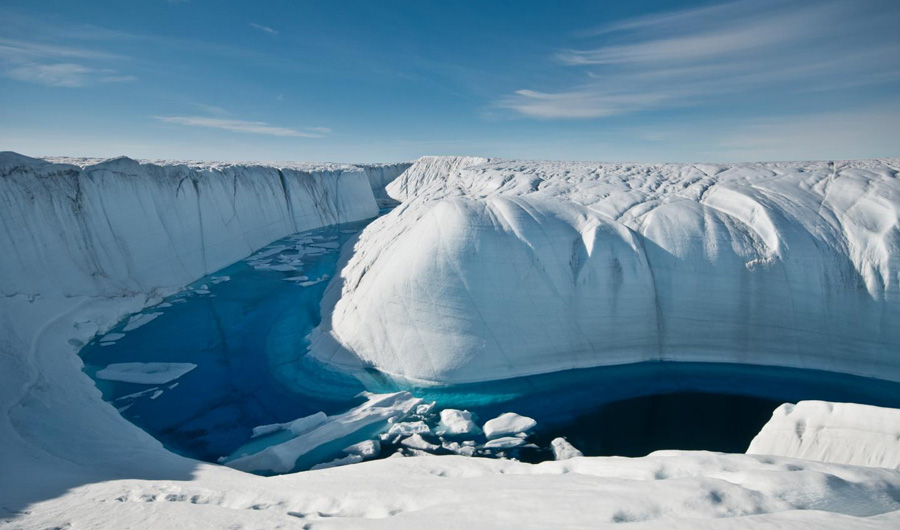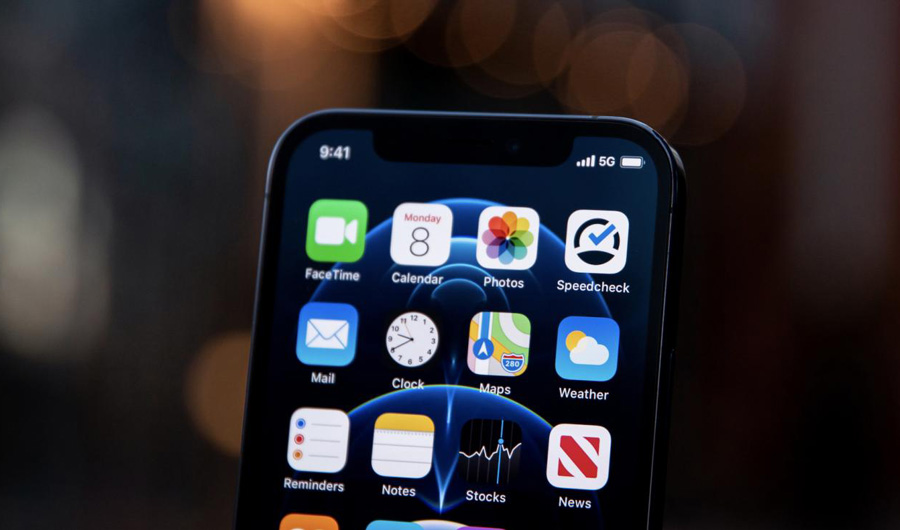A New Year in a New Normal
January brought good and bad news to start the year.
(Inside Science) -- With the new year, the world faces many of the same challenges it dealt with in 2020, but with some signs that changes may be coming. The United States saw the inauguration of a new president. In Brazil, demonstrators protested against their current president as COVID-19 cases spread. Around the world, researchers studied other challenges that the environment faces.
Filed under







